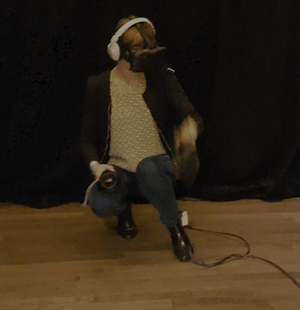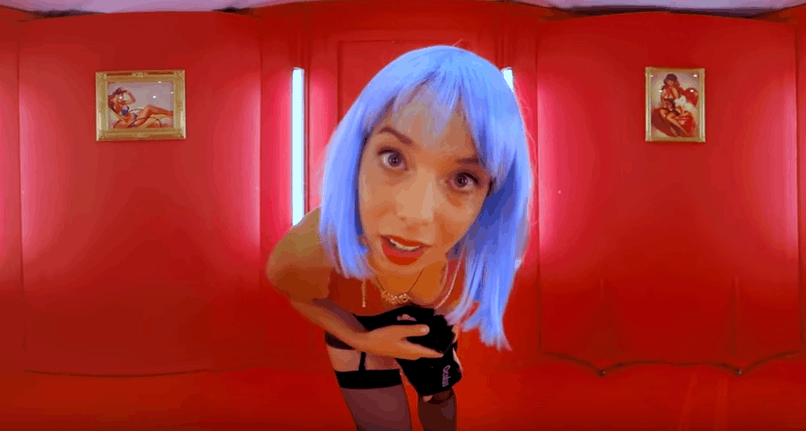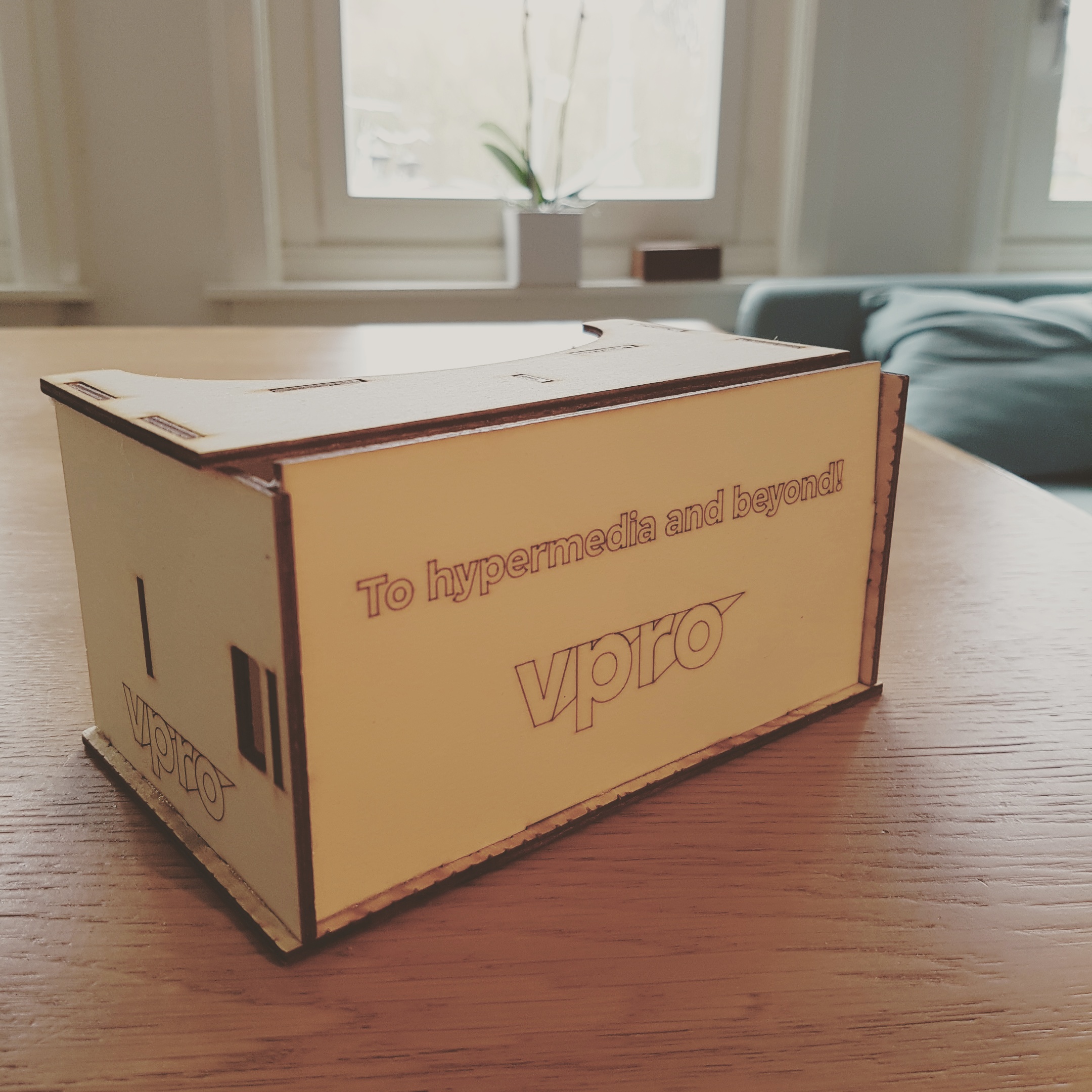VR Storytelling blog #4 – This is what will create the imagery of VR
How to embrace visible pixels and the weight of a headset
Hypermediacy is a state in which a medium emphasises itself. In general, it is not something you desire in VR. You want your viewer to be as immersed as he can be and your VR film as close as possible to the state where the medium itself disappears (this is the contrary of hypermediacy, called transparent immediacy). You don’t want virtual reality to mimic reality, you do want it to create a new one instead.

This is me creating a new reality for myself, by drawing a very ugly 3D fire
We want a reality that can make things happen which are not possible in real life, but that doesn’t feel fake. Hypermediacy makes things feel fake. It emphasizes the medium and therefore bursts our bubble.
For example, if you walk around with an Oculus or a HTC Vive you might run into the wire that attaches you to the computer: bubble bursted. If you’re watching a cinematic VR movie on the Samsung Gear VR and you decide to stand up from your chair or look around a corner, only your physical world will react: bubble bursted. Or you are simply always distracted in VR by the pixels you are seeing: bubble bursted. You get the picture.

Now, of course everyone is working on making these things less and less of a problem. But what do we do in the meantime, how can we make these things less intrusive without actually solving them? How do we cope with hypermediacy while it is still here? We embrace it. As you will see, embracing hypermediacy can even make the use of VR as a medium more relevant.
Say, feeling the weight of the headset on your face makes you very aware of wearing it. It makes the world you are put in feel fake. Now, what if the presence of the headset is actually part of that new world? This is exactly what ‘Peepshow’ from Dutch broadcaster VPRO does. This isn’t just a VR film, but also a live performance. The girl in the performance leads you to your seat and puts the headset on you. That exact moment, with the same girl and in the same space, is where the VR experience starts. In the film itself she puts the headset on you again and again and again, until you lose track of reality. Feeling the headset on you is made part of the experience and therefore no longer an element that will take you out of the immersion.

VPRO Peepshow
Another good example (and I swear I’m not being paid by the VPRO to advertise for them, though I have worked for them and with the people who made these projects) is to be found in VPRO’s newest VR film ‘Missie Aarde’ (Mission Earth). This film puts you in the role of a visitor from earth on a spaceship. Because the characters explain to each other that the technology used for your visit works only in one direction, you know why they will not talk back when you speak. This way they can ask you questions all they want, if you try to talk back your bubble will not be bursted.
This complete VR film of Missie Aarde can be viewed with and without cardboard.
Using hypermediacy in the story you’re telling does not only have an effect on the way people experience the hypermediate elements. It also makes hypermediacy a part of what VR is, a specific aspect of the medium. Therefore, by focusing on hypermediacy you can create relevance for the story to be told in VR.
I am not saying that all hypermediacy can or should be ‘solved’ this way in every VR film, but it creates a whole new spectrum of possibilities. I also think that the way VR makers are going to cope with hypermediacy will form a great part of the imagery of VR.

This wooden cardboard was a gift from the VPRO
In my next blog I will make even more speculations on hypermediacy and the imagery of VR. Can’t wait two weeks? Please look through my previous blogs and read more about transparent immediacy, relevance for a story to be told in VR and more.